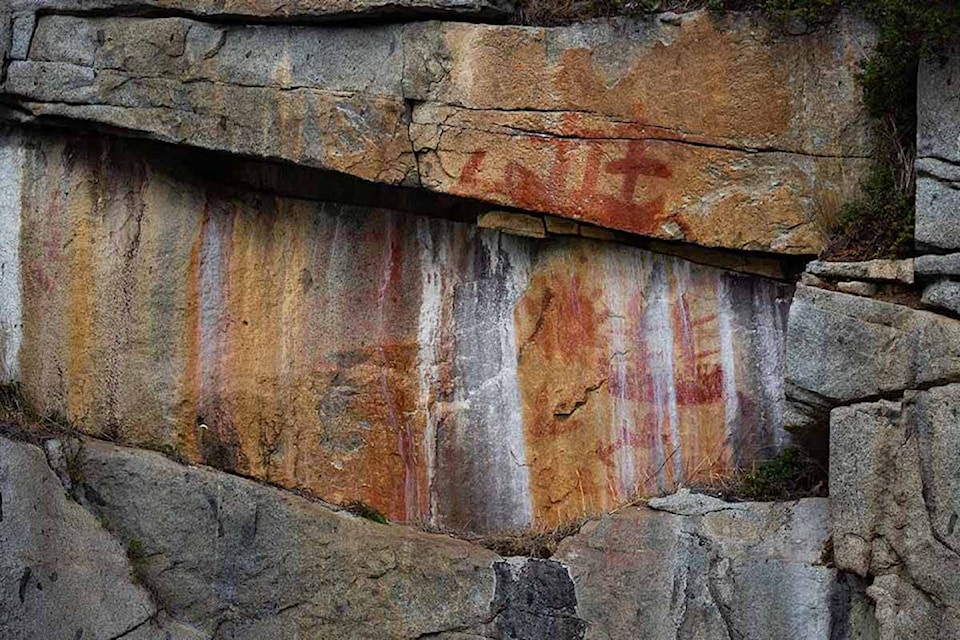Tlowitsis First Nation has recorded 370 archaeological sites within their traditional territories spread around the coast of northern Vancouver Island, Johnstone Strait and mainland inlets
In a report, the First Nation guardian watchmen and archaeologists from Inlailawatash – a Vancouver based, Tsleil-Waututh Nation-owned archaeology firm–highlighted numerous sites of cultural importance in their territories.
Between 2016 and 2019, Tlowitsis Guardians visited 130 recorded and newly identified sites to assess their locations and overall site condition. In 2018 and 2019 the Guardians assessed 63 previously recorded sites and also identified 29 new ones.
The new sites included unique burial-box sites with grave goods, pictographs, village and defensive sites.
Th work was done to ensure that these sites are protected from human or natural disturbances and to take care of the Tlowitsis heritage. These sites are important to the First Nations as they are considered a physical and spiritual link to their ancestors.
“We know that our ancestors lived on our traditional lands for more than a thousand years. When we look at the evidence that is left behind by our ancestors, it gives us a better understanding of how they lived, and it also helps us fill in the missing pieces of the picture of how we got to where we are now,” said guardian watchman, Gina Thomas, who led the expedition.
Through activities like site data collection and evaluating vulnerability and site sensitivity based on previous reports produced by the Inlailawatash, the team was able to identify that most previously registered sites were only partially documented. As a result there was a danger in under-representing the size and significance of these sites.
The report also identified that one of the discovered burial sites – that holds a burial box and ancestral remains within a rockshelter– were significantly disturbed and threatened. The team discovered that the rock wall covering the remains was disturbed and the box was destroyed.
Another site at Bowers Island in Chatham Chanel that contains dozens of stacked fish weirs, over 30 cleared canoe runs, shell midden, house depressions and harvestable plants is under research by the team as they believe it will help expand knowledge of the Tlowitsis’ past.
Doing what we can as Guardians to protect and document our past from natural and human impacts is important to us because our people have suffered many injustices since the time of contact,” said Thomas in the report.
“By working with non-Indigenous people that share our passions of the past can help bridge some of that ill will. I believe we can help each other gain knowledge that is more robust and encompassing by sharing our different views.”
